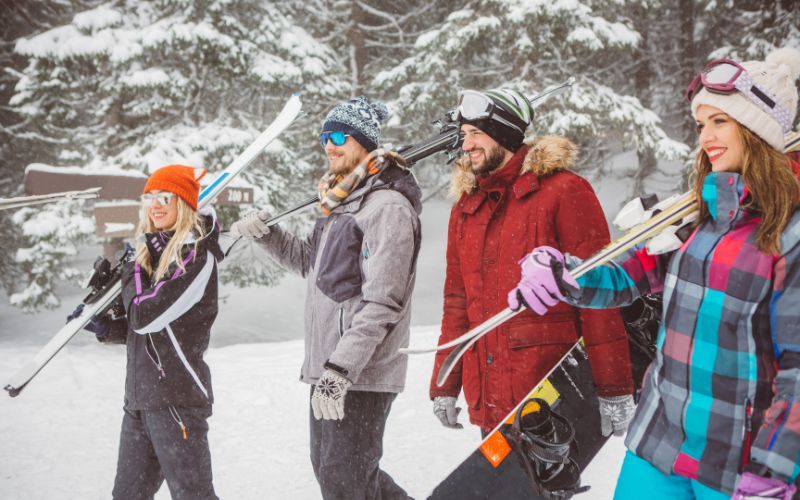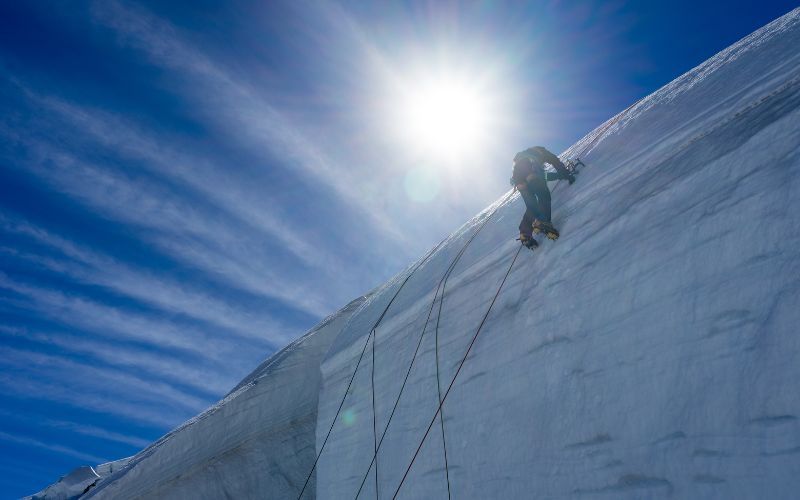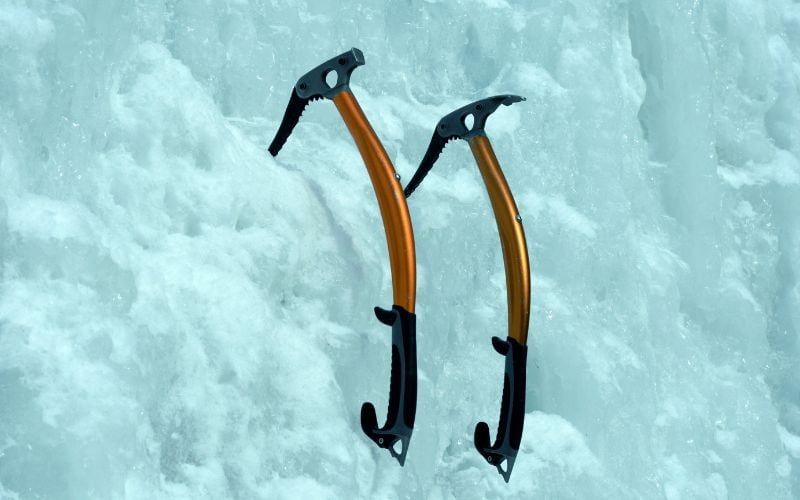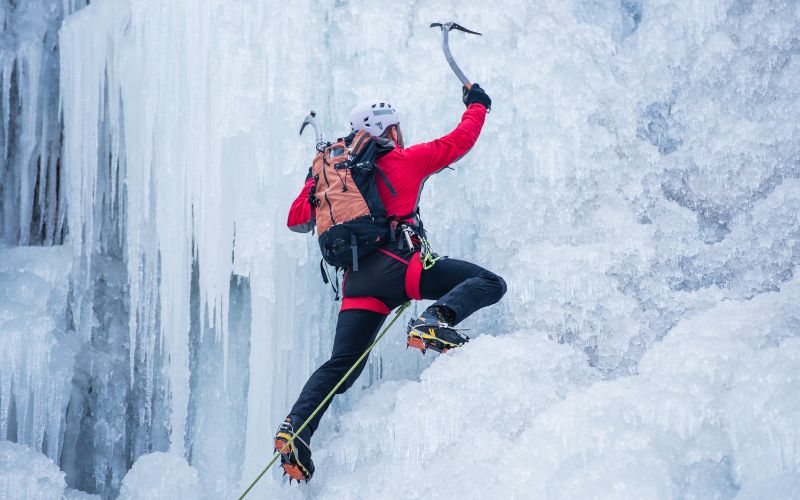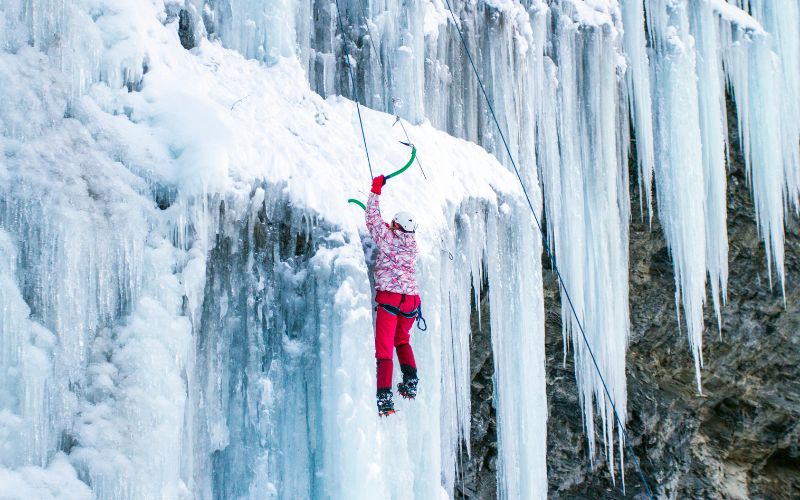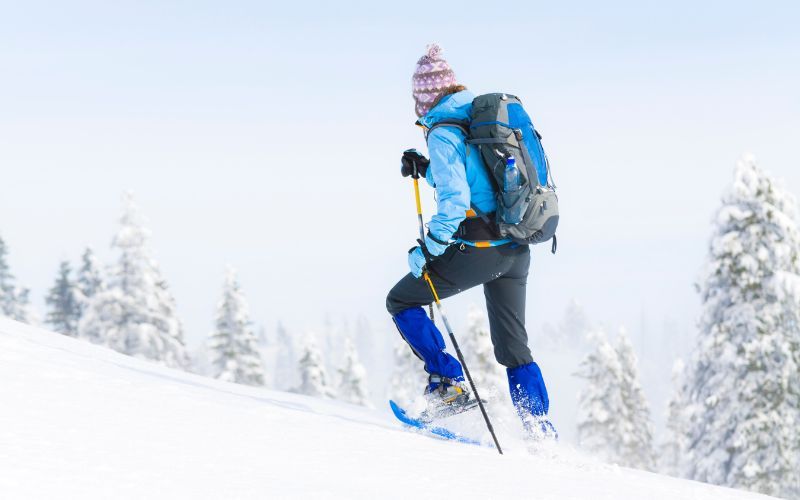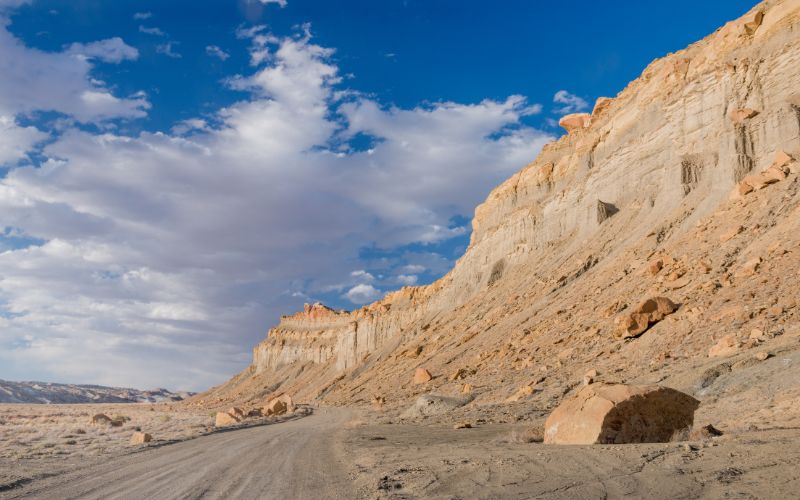Preparing for Winter Sports: Super Fitness Routines for Skiing and Snowboarding 2023
Preparing for Winter Sports is a comprehensive endeavor that encompasses both physical conditioning and mental readiness. Skiing and snowboarding are exhilarating winter activities that provide a unique blend of adventure, adrenaline, and scenic beauty. To make the most of these sports and ensure your safety on the slopes, it’s essential to embark on a structured fitness routine tailored specifically to the demands of skiing and snowboarding.

In this extensive guide, we will explore the key aspects of Preparing for Winter Sports, focusing on fitness routines that will not only enhance your performance but also reduce the risk of injuries. Whether you’re a seasoned skier or snowboarder looking to up your game or a beginner eager to hit the slopes for the first time, this article will equip you with the knowledge and exercises needed to excel in these winter activities.
Table of Contents – Preparing for Winter Sports
The Foundation of Winter Sports Fitness – Preparing for Winter Sports
Understanding the Demands of Skiing and Snowboarding – Preparing for Winter Sports
Before delving into specific fitness routines, it’s crucial to grasp the unique demands of skiing and snowboarding. These winter sports require a combination of strength, balance, agility, endurance, and mental focus.
Strength and Power: The Core of Performance – Preparing for Winter Sports
Strength and power are the cornerstones of peak performance in skiing and snowboarding. These winter sports demand a unique blend of strength and explosive power, especially in the lower body and core muscles. In this section, we will delve deeper into the significance of strength and power, identify key muscle groups, and explore effective exercises to enhance your performance on the slopes.

1. Muscle Groups Targeted: The Powerhouses of Winter Sports – Preparing for Winter Sports
Skiing and snowboarding rely heavily on specific muscle groups, making targeted strength and power training crucial:
- Quadriceps: These muscles, located on the front of your thighs, are responsible for extending your knees and straightening your legs. They play a vital role in skiing, particularly when initiating turns and maintaining a strong, stable posture.
- Hamstrings: Located on the back of your thighs, the hamstrings flex your knees and extend your hips. They are essential for absorbing shocks and controlling your speed on downhill descents.
- Glutes: Your gluteal muscles, including the gluteus maximus, medius, and minimus, provide power for hip extension and lateral stability. Strong glutes are essential for maintaining balance and controlling your movements.
- Core Muscles: The muscles of your core, including the abdominals and lower back, are central to maintaining balance, stability, and posture during skiing and snowboarding. A strong core allows you to initiate turns, absorb terrain variations, and maintain control in challenging conditions.
Analytical Tip: Tailor your strength and power training to target these specific muscle groups. Incorporate a variety of exercises that challenge your lower body and core, ensuring a well-rounded approach to winter sports fitness.
2. Effective Strength Training Exercises: Building a Solid Foundation – Preparing for Winter Sports
To excel in skiing and snowboarding, you must build strength and power in the right muscle groups. Here are some effective exercises to incorporate into your training routine:

- Squats: Traditional squats and variations like goblet squats or front squats are excellent for developing quadriceps, hamstrings, and glutes.
- Deadlifts: Deadlifts work your hamstrings, glutes, lower back, and core. They are exceptional for building overall lower body strength and power.
- Leg Press: This machine-based exercise allows for controlled leg strengthening, particularly in the quadriceps and hamstrings.
- Lunges: Lunges, including forward, reverse, and lateral variations, target multiple lower body muscles while also improving balance and stability.
- Core Exercises: Incorporate planks, Russian twists, leg raises, and stability ball workouts to strengthen your core muscles.
Analytical Tip: Focus on proper form and gradually increase the weight and intensity of your strength training exercises. A balanced approach that includes both compound and isolation exercises will yield the best results.
Balance and Agility: Navigating Unpredictable Terrain – Preparing for Winter Sports
Maintaining balance and agility is paramount when skiing and snowboarding on unpredictable and often challenging mountain terrain. These winter sports demand the ability to adapt quickly to varying conditions and terrains, making balance and agility key components of your skill set. In this section, we will explore the importance of balance and agility, identify specific areas to target, and introduce exercises to enhance your performance on the slopes.

1. The Significance of Balance and Agility: Mastering the Mountain – Preparing for Winter Sports
In skiing and snowboarding, balance and agility are more than just skills—they’re essential for safety, control, and enjoyment. Here’s why they matter:
- Terrain Variability: Mountain terrain can change rapidly, from smooth groomed runs to moguls, ice patches, or deep powder. Balance and agility allow you to adjust your movements and maintain control.
- Obstacle Navigation: Ski resorts often feature natural obstacles like rocks, trees, and cliffs. On unpredictable terrain, the ability to react swiftly and maintain balance can prevent accidents and injuries.
- Dynamic Movements: Skiing and snowboarding involve dynamic movements, such as carving turns, jumping, and traversing steep slopes. Effective balance and agility are critical for executing these maneuvers with precision.
Analytical Tip: Recognize that balance and agility are skills that can be developed and improved through targeted training. Incorporate exercises that challenge your balance and enhance your ability to make quick, coordinated movements.
2. Areas to Target: Key Aspects of Balance and Agility – Preparing for Winter Sports
To excel on the slopes, focus on honing these aspects of balance and agility:
- Core Stability: A strong core is essential for maintaining balance and stability during skiing and snowboarding. It helps you control your body’s position and absorb shocks from terrain variations.
- Lower Body Strength: Your legs and hips play a central role in balance and agility. Building strength in your quadriceps, hamstrings, and glutes enhances your ability to make precise movements and maintain control.
- Flexibility: Flexibility in your joints and muscles allows for a wider range of motion, improving your ability to adapt to varying terrain.
- Coordination: Effective coordination between your upper and lower body is crucial for executing turns and maneuvers with finesse.
Analytical Tip: Tailor your training routine to target these specific areas. Incorporate exercises that challenge your core, build lower body strength, enhance flexibility, and improve coordination.

3. Balance and Agility Exercises: Building Your Skill Set – Preparing for Winter Sports
To enhance your balance and agility for skiing and snowboarding, include the following exercises in your fitness regimen:
- Balance Board Workouts: Using a balance board or wobble board challenges your stability and helps improve your ability to adjust to shifting terrain.
- Plyometric Exercises: Plyometric movements, like box jumps and lateral jumps, enhance your explosive power and agility.
- Yoga and Pilates: Both yoga and Pilates emphasize core strength, flexibility, and balance. Regular practice can significantly improve your on-snow performance.
- Agility Drills: Incorporate ladder drills, cone drills, and agility ladder exercises to sharpen your coordination and quickness.
Analytical Tip: Start with exercises that match your current skill level and gradually increase the complexity and intensity as you progress.
Cardiovascular Endurance: Sustaining Energy on the Slopes – Preparing for Winter Sports
Skiing and snowboarding can be physically demanding, especially when tackling long runs or challenging terrains. Building cardiovascular endurance is essential for sustaining your energy throughout the day.
Analytical Tip: Engage in aerobic activities such as running, cycling, or swimming to enhance your cardiovascular fitness. Interval training can be particularly beneficial for mimicking the stop-and-go nature of skiing and snowboarding.
Tailoring Your Fitness Routine – Preparing for Winter Sports
Structured Workouts for Winter Sports – Preparing for Winter Sports
Now that you understand the fundamental requirements of skiing and snowboarding, it’s time to craft a structured fitness routine to prepare for the slopes effectively.
1. Strength Training: Building a Solid Foundation – Preparing for Winter Sports
Strength training forms the cornerstone of your winter sports fitness routine. It targets the muscle groups crucial for skiing and snowboarding while also promoting overall body strength.
Analytical Tip: Design a strength training program that includes exercises for the lower body, core, and upper body. Focus on both compound exercises (like squats and deadlifts) and isolation exercises (like leg curls and planks).
2. Balance and Agility Exercises: Mastering Control – Preparing for Winter Sports
Incorporate balance and agility exercises into your routine to enhance your ability to navigate challenging terrain with confidence.
Analytical Tip: Yoga sessions, balance board workouts, and stability ball exercises can help improve your balance and agility.
3. Cardiovascular Conditioning: Boosting Stamina – Preparing for Winter Sports
To endure long days on the slopes, cardio conditioning is vital. Aim to improve your cardiovascular fitness through targeted workouts.
Analytical Tip: Engage in aerobic activities like running, cycling, or rowing. Interval training can be especially effective in preparing you for the variable intensity of skiing and snowboarding.
Mental Preparation: The Mindset of a Winter Sports Enthusiast – Preparing for Winter Sports
Beyond Physical Fitness: Mental Readiness
While physical fitness is essential, mental preparation is equally crucial for winter sports. The ability to stay focused, manage fear, and adapt to changing conditions can make or break your performance.
Visualization: Mental Rehearsal for Success – Preparing for Winter Sports
Visualization, often referred to as mental rehearsal or imagery, is a powerful tool that can elevate your performance in skiing and snowboarding. When used effectively, it can enhance your confidence, reduce anxiety, and even improve your actual on-snow execution. Here, we will explore the nuances of visualization and provide practical insights into how you can incorporate it into your winter sports preparation.
1. Understanding Visualization: The Mind’s Eye in Action – Preparing for Winter Sports
Visualization is the process of mentally creating, experiencing, and rehearsing a scenario in your mind’s eye. In the context of skiing and snowboarding, it involves mentally rehearsing your runs, turns, and maneuvers before you hit the slopes.
Analytical Tip: To get started, find a quiet, distraction-free space. Close your eyes and vividly picture yourself skiing or snowboarding. Imagine the sensation of sliding down the mountain, making turns, and feeling the snow beneath your board or skis. Engage all your senses, including sight, sound, touch, and even smell.
2. Boosting Confidence: Seeing Success in Advance – Preparing for Winter Sports
Visualization is a powerful confidence-building tool. When you repeatedly visualize yourself successfully executing various skiing or snowboarding techniques, you send a signal to your subconscious mind that you are capable of achieving those outcomes.
Analytical Tip: To boost your confidence, create a mental “highlight reel” of your best runs and maneuvers. Whenever doubts creep in, replay these successful moments in your mind to reaffirm your abilities.
3. Reducing Anxiety: Managing Pre-Slope Jitters – Preparing for Winter Sports
Anxiety before hitting the slopes is common, especially when tackling challenging terrain. Visualization can help reduce anxiety by mentally preparing you for various scenarios and helping you feel more in control.
Analytical Tip: When you experience pre-slope jitters, take a few minutes to visualize yourself handling those situations with ease. For example, imagine confidently navigating a steep descent or successfully executing a challenging jump.
4. Fine-Tuning Technique: Perfecting Your Moves Mentally – Preparing for Winter Sports
Visualization isn’t just about building confidence and reducing anxiety; it can also be a tool for refining your technique. By mentally rehearsing proper form and movements, you can improve your actual on-snow performance.
Analytical Tip: Break down specific skiing or snowboarding techniques into smaller components. Visualize each component individually and in detail. For example, if you want to improve your carving technique, visualize the precise body positioning, edge control, and movements required for a perfect carve.
5. Consistency and Repetition: The Key to Visualization Success – Preparing for Winter Sports
Just like physical training, consistency and repetition are key to success in visualization. Make it a regular part of your winter sports preparation routine, and you’ll see its positive impact grow over time.
Analytical Tip: Dedicate a few minutes each day to visualization exercises. The more you practice, the more vivid and effective your mental rehearsals will become.
In conclusion, visualization is a potent tool that can significantly enhance your performance in skiing and snowboarding. It’s a mental technique that not only boosts confidence and reduces anxiety but also fine-tunes your technique and helps you achieve your winter sports goals. As you prepare for your next snow-covered adventure, remember that your mind is a powerful ally on the slopes—harness its potential through visualization and watch your winter sports skills soar to new heights.
Mindfulness and Relaxation: Staying Calm Under Pressure – Preparing for Winter Sports
Mindfulness and relaxation techniques are invaluable tools for maintaining composure and mental clarity while skiing or snowboarding, particularly in challenging situations. These techniques enable you to manage stress, anxiety, and fear, allowing you to make split-second decisions and enjoy your winter sports experience to the fullest.
1. Understanding Mindfulness: Present-Moment Awareness – Preparing for Winter Sports
Mindfulness is the practice of being fully present in the moment, without judgment. In the context of skiing and snowboarding, it involves being acutely aware of your surroundings, sensations, and thoughts as you navigate the slopes.
Analytical Tip: Start with mindful breathing exercises. Take deep, intentional breaths, focusing on the sensation of the air entering and leaving your lungs. This simple practice can anchor you in the present moment.
2. Relaxation Techniques: Calming the Storm Within – Preparing for Winter Sports
Relaxation techniques encompass various methods, such as deep breathing, progressive muscle relaxation, and meditation, aimed at reducing physical and mental tension. These techniques are especially beneficial when faced with challenging runs or unexpected obstacles.
Analytical Tip: Incorporate deep breathing into your pre-slope routine. Take slow, deep breaths in through your nose, hold briefly, and exhale slowly through your mouth. This practice can calm your nervous system and increase your focus.
3. Managing Fear and Anxiety: The Art of Acceptance – Preparing for Winter Sports
Fear and anxiety are natural reactions when skiing or snowboarding in demanding conditions. Mindfulness helps you acknowledge these emotions without judgment, allowing you to manage them effectively.
Analytical Tip: When fear or anxiety arises, pause for a moment. Acknowledge the feeling without labeling it as good or bad. Then, consciously choose to focus on your breath or the physical sensations of your movements to regain your composure.
4. Positive Self-Talk: Building Confidence
Mindfulness and relaxation can also help you develop positive self-talk patterns. Replace self-doubt with self-assurance and encouragement, reinforcing your belief in your abilities.
Analytical Tip: Before tackling challenging terrain, take a moment to affirm your skills and remind yourself of past successes. For example, say to yourself, “I’ve trained for this, and I can handle it.”
5. On-Slope Mindfulness: Bringing it to the Mountain
The true test of mindfulness and relaxation techniques is their application on the slopes. Practice staying present and composed during your runs, particularly when faced with unexpected obstacles or steep descents.
Analytical Tip: During your ski or snowboard runs, periodically check in with your body and breath. Notice any tension and consciously release it. This practice can help you stay relaxed and alert on the mountain.
In conclusion, mindfulness and relaxation techniques are essential for maintaining a calm and composed demeanor while skiing or snowboarding. They enable you to manage stress, anxiety, and fear, ultimately enhancing your winter sports experience. As you prepare for your next snowy adventure, remember that mental preparedness is just as crucial as physical fitness—embrace mindfulness and relaxation to conquer the slopes with confidence and poise.
Conclusion – Preparing for Winter Sports
In conclusion, Preparing for Winter Sports involves a holistic approach that combines physical fitness, mental readiness, and a deep understanding of the unique demands of skiing and snowboarding. By crafting a well-rounded fitness routine that includes strength training, balance and agility exercises, and cardiovascular conditioning, you’ll be better prepared to excel on the slopes and reduce the risk of injuries.
Furthermore, don’t underestimate the power of mental preparation. Visualization, mindfulness, and relaxation techniques can help you stay in control and enjoy your winter sports experience to the fullest.
As you embark on your journey to master skiing and snowboarding, remember that preparation is the key to success. The more you invest in your fitness and mental readiness, the more you’ll be able to embrace the thrill of winter sports and create unforgettable memories on the snow-covered slopes. So, gear up, hit the slopes, and let the exhilarating world of skiing and snowboarding become your winter playground.

